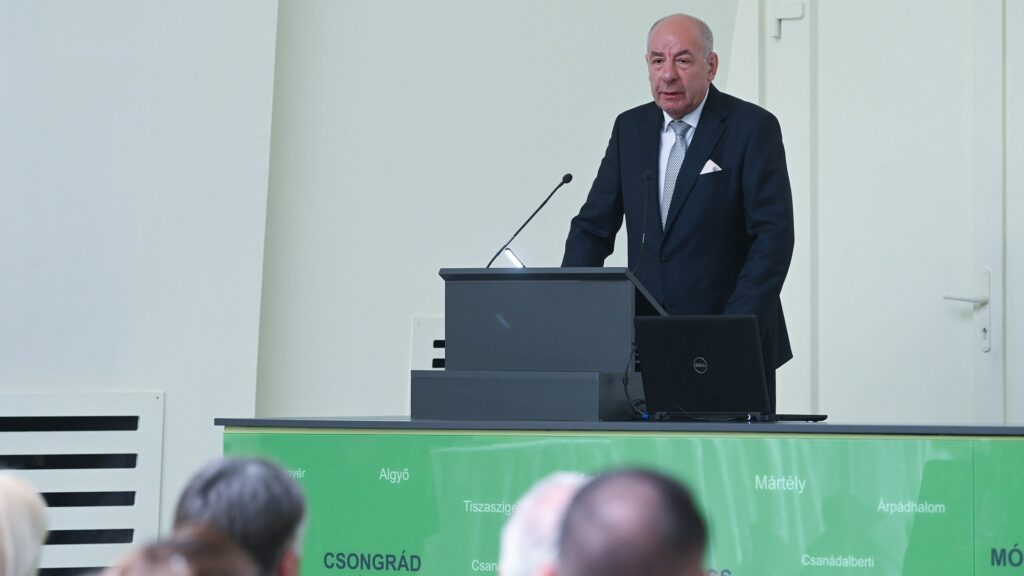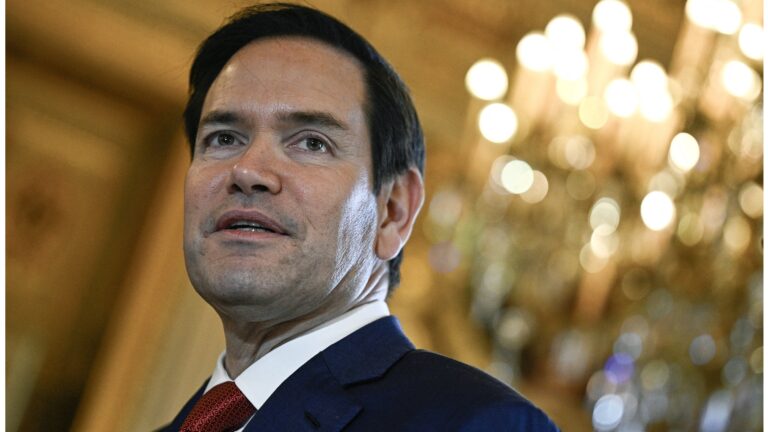As Minister of Energy Csaba Lantos announced in a statement released by the Ministry of Energy (EM) on Friday morning, ‘Hungary’s commitment was to reduce greenhouse gas (GHG) emissions by at least 40 per cent by 2030 compared to 1990 levels. According to preliminary data, domestic GHG emissions decreased significantly last year by 9.5 per cent compared to the previous year. This brings us to an overall reduction of 43 per cent compared to the 1990 baseline, meaning that in 2023, we not only reached but exceeded our 2030 target.’
According to the statement, preliminary data indicates that the energy sector achieved the most significant emission reduction last year with an 11 per cent decrease. Emissions from large power plants and heating plants fell by one-fifth, partly due to conscious consumer behaviour and the mild winter weather. The dynamic progress of the green transition is reflected in the 18 per cent reduction in fossil-based energy production, while solar power generation increased by nearly 1.5 times, which is a 47 per cent rise.
Additionally, it was noted that the transport sector, one of the largest emitters, managed to reverse the upward trend of previous years into a significant 7.1 per cent reduction in 2023. Emissions from the most polluting facilities registered in the EU’s ETS emissions trading system fell by 13.6 per cent year-on-year. Final emissions data will be available in the summer of 2025.
According to Eurostat’s August report, Hungary was among the top third of member states in terms of emission reductions in the first quarter of 2024.
Hungary managed to reduce its GHG emissions while also increasing its economic performance
in the first three months of this year. In an EU comparison, Hungary has moved to the forefront in terms of per capita emissions, currently at 5.6 tonnes of CO2 equivalent, which represents an 8 per cent decrease compared to 2022.
As Csaba Lantos emphasized, ‘These results vividly demonstrate Hungary’s commitment to achieving its climate protection goals and represent a significant step towards sustainability. The government’s efforts have been crucial to this success, including the promotion of green energy production and storage, enhancing energy efficiency, and greening industry and transportation. Based on our current performance, the Ministry of Energy proposes increasing our climate ambitions to further protect our environment and improve the quality of life for future generations. In the revised National Energy and Climate Plan, we have proposed significantly raising the 2030 emissions reduction target from 40 per cent to 50 per cent.’
Related articles:








